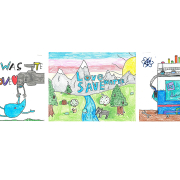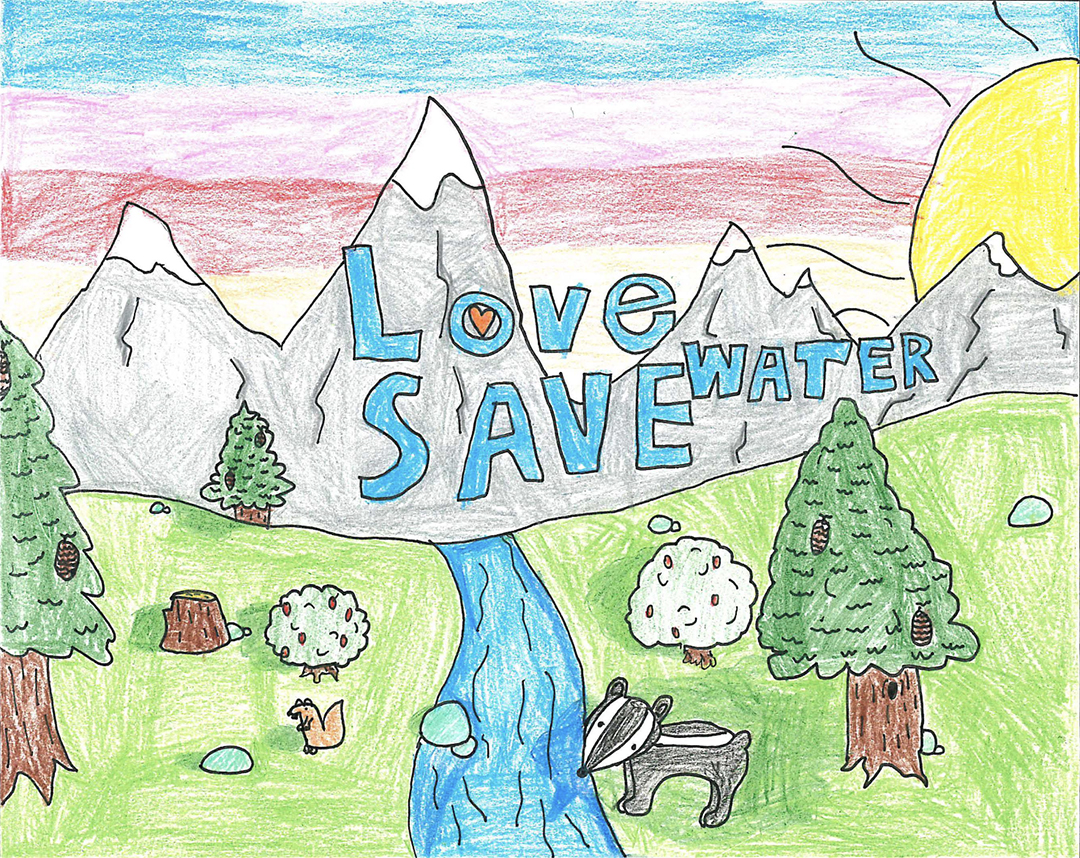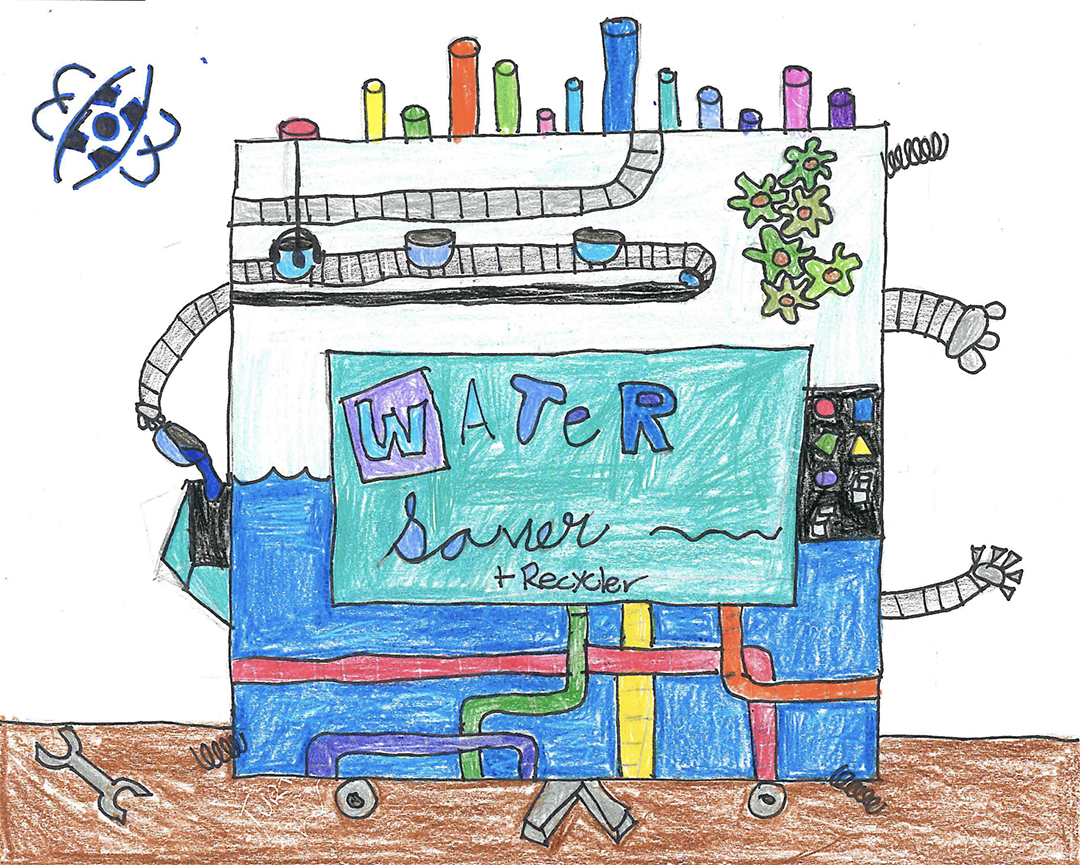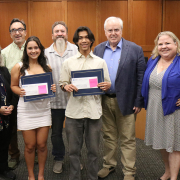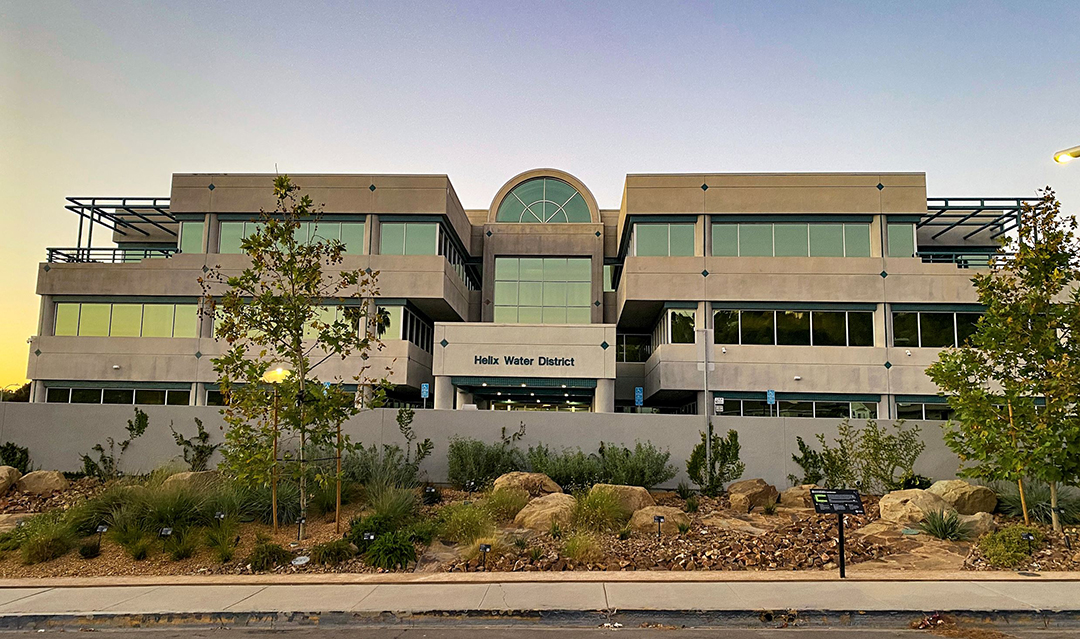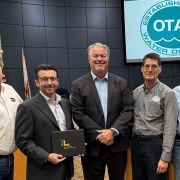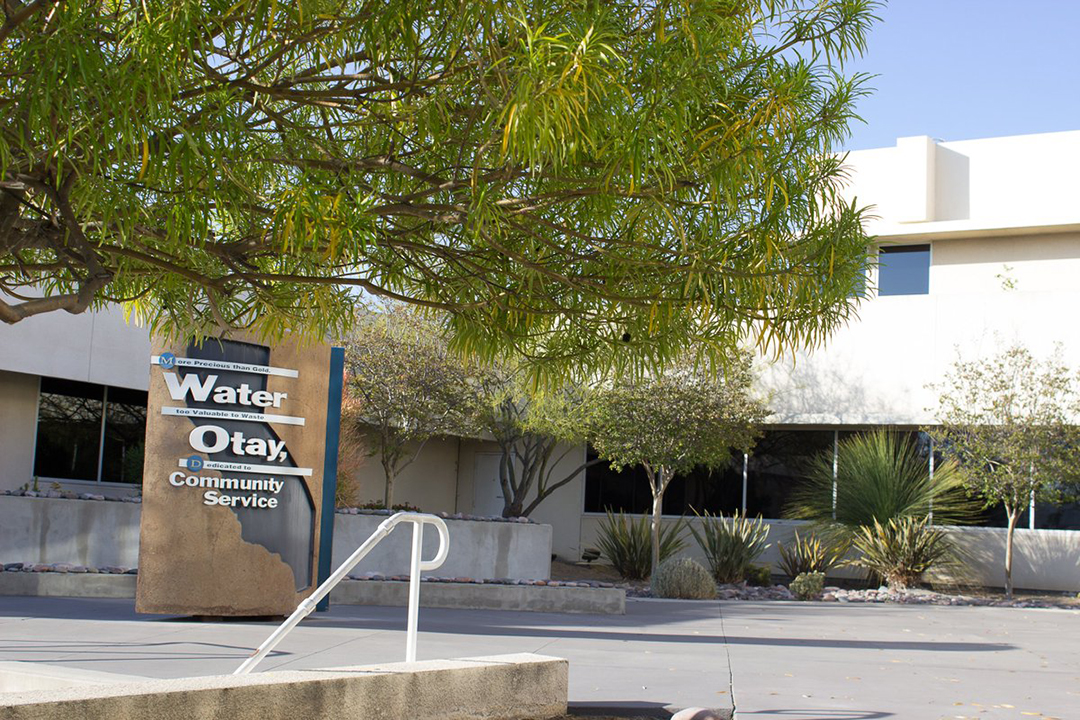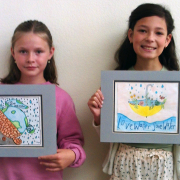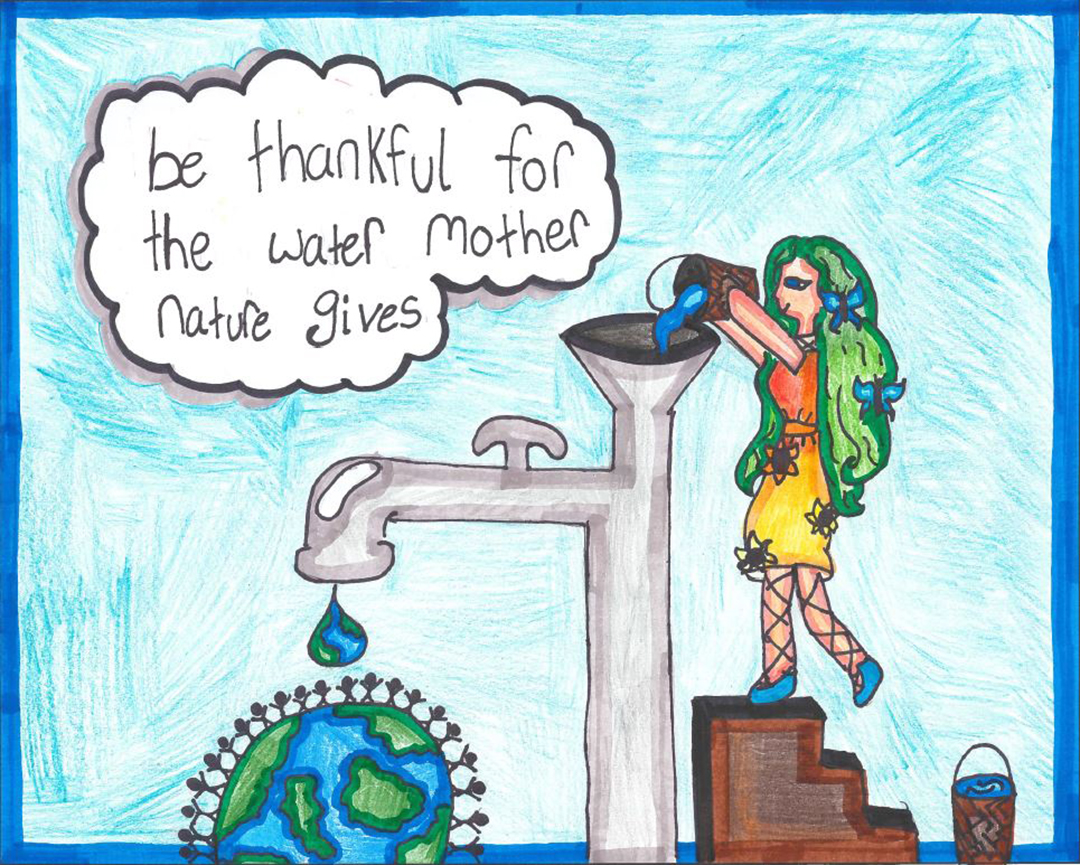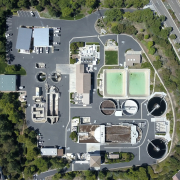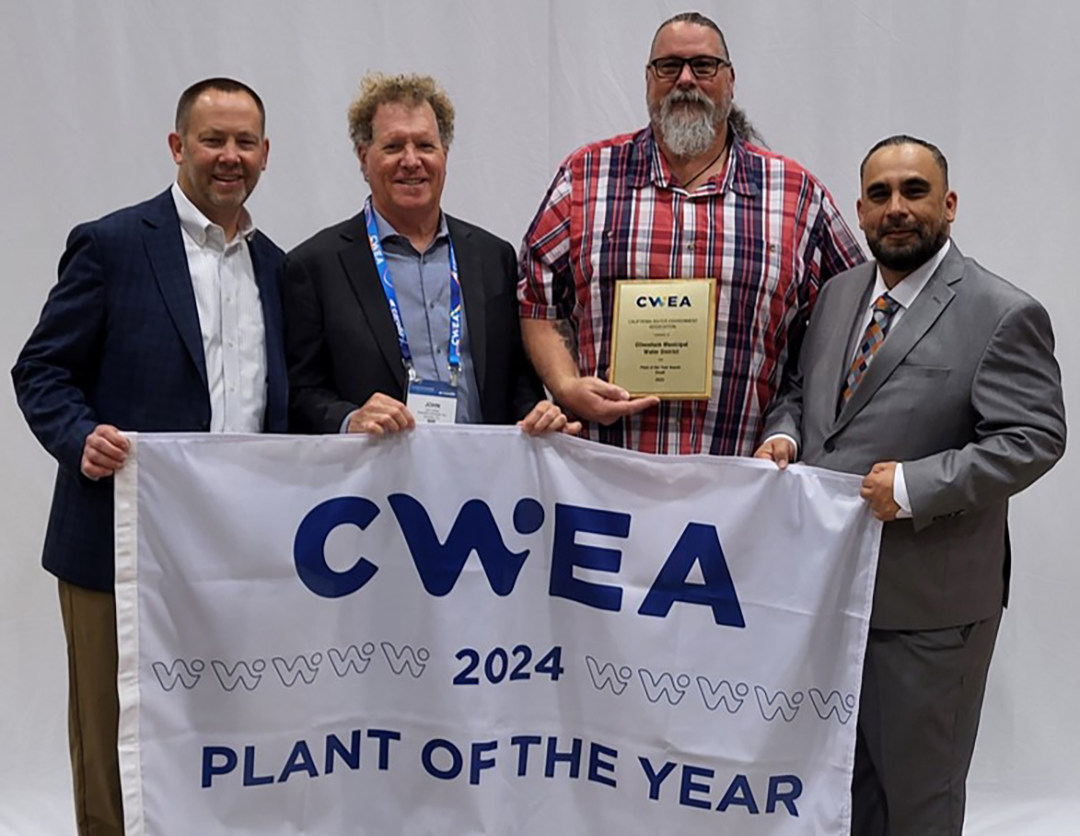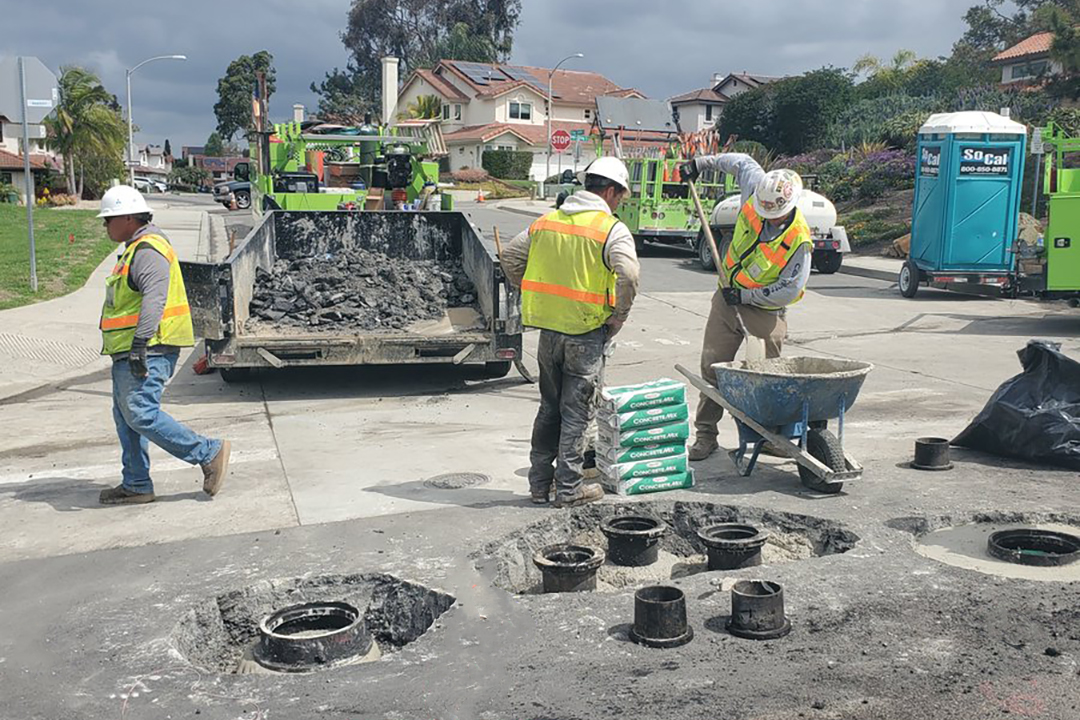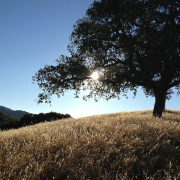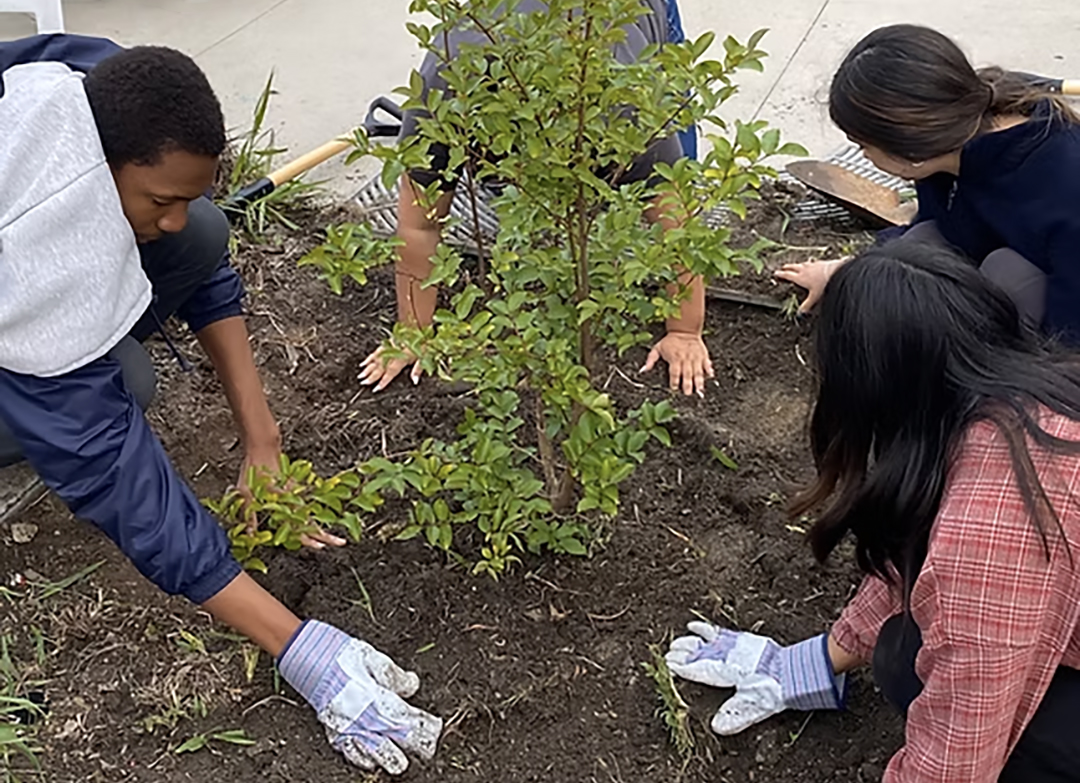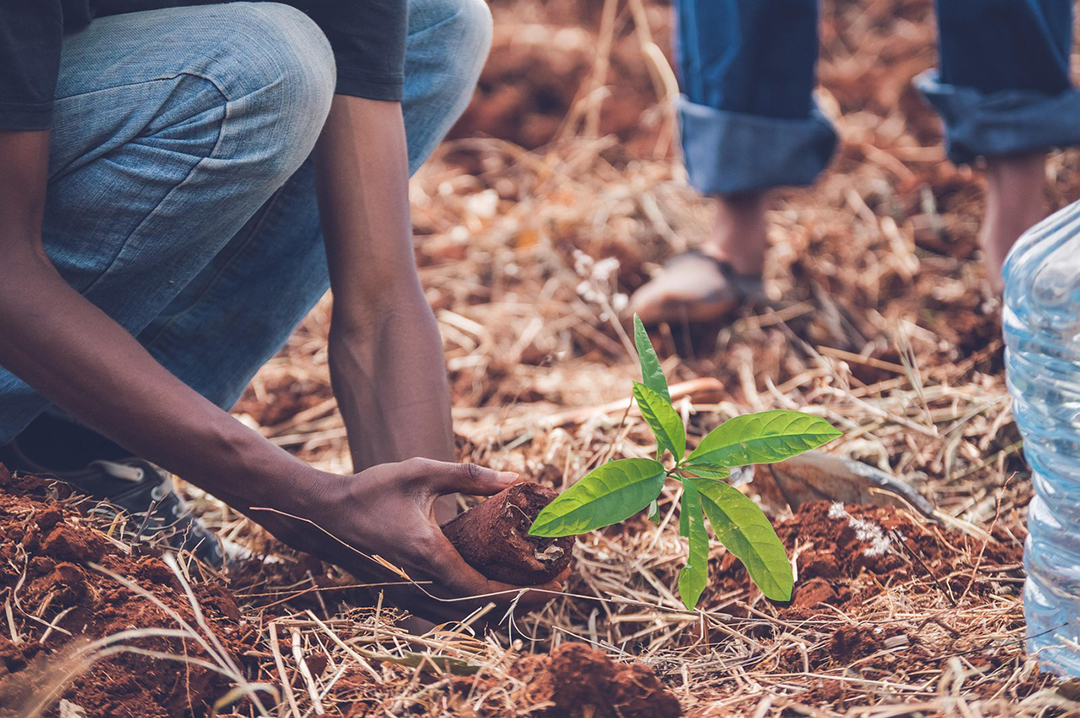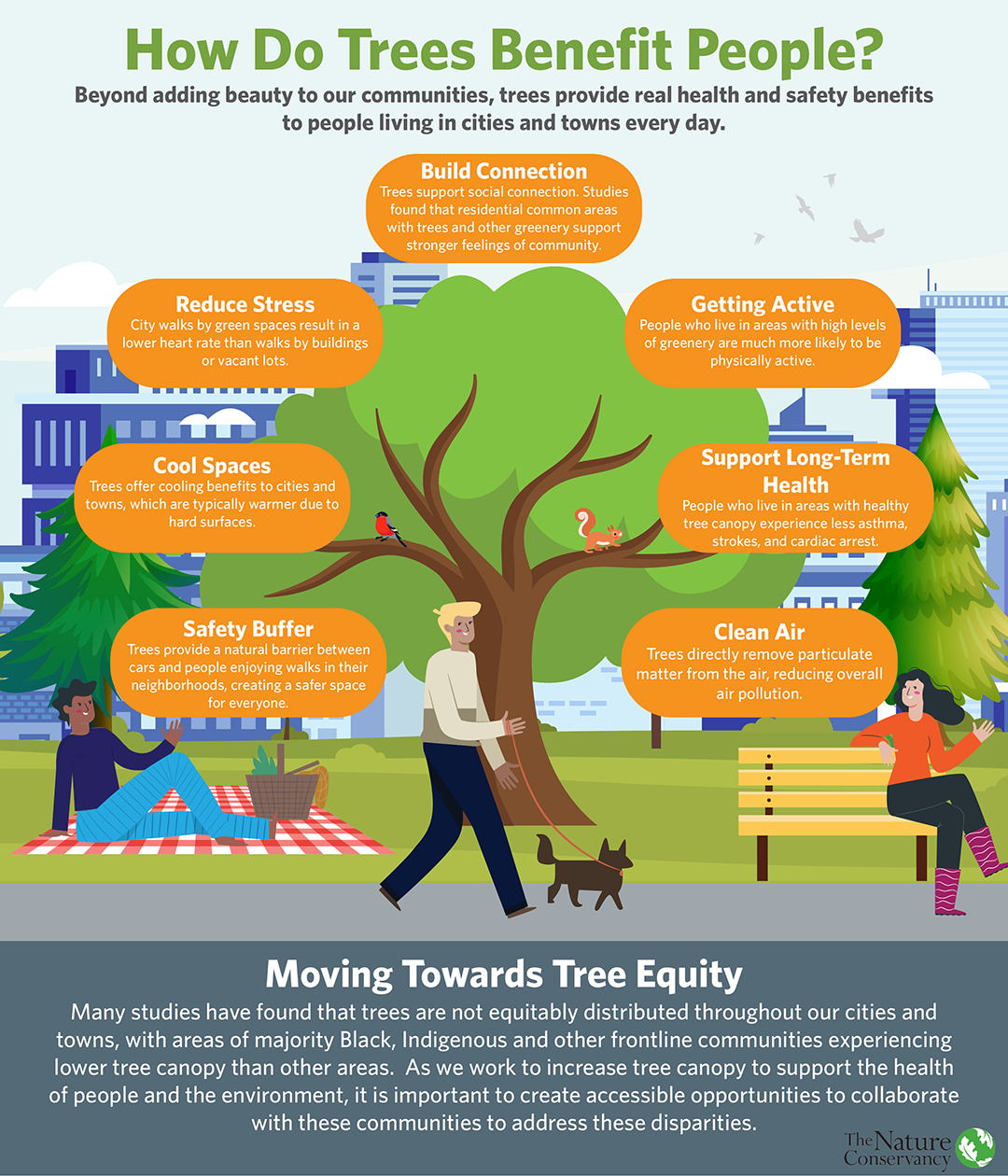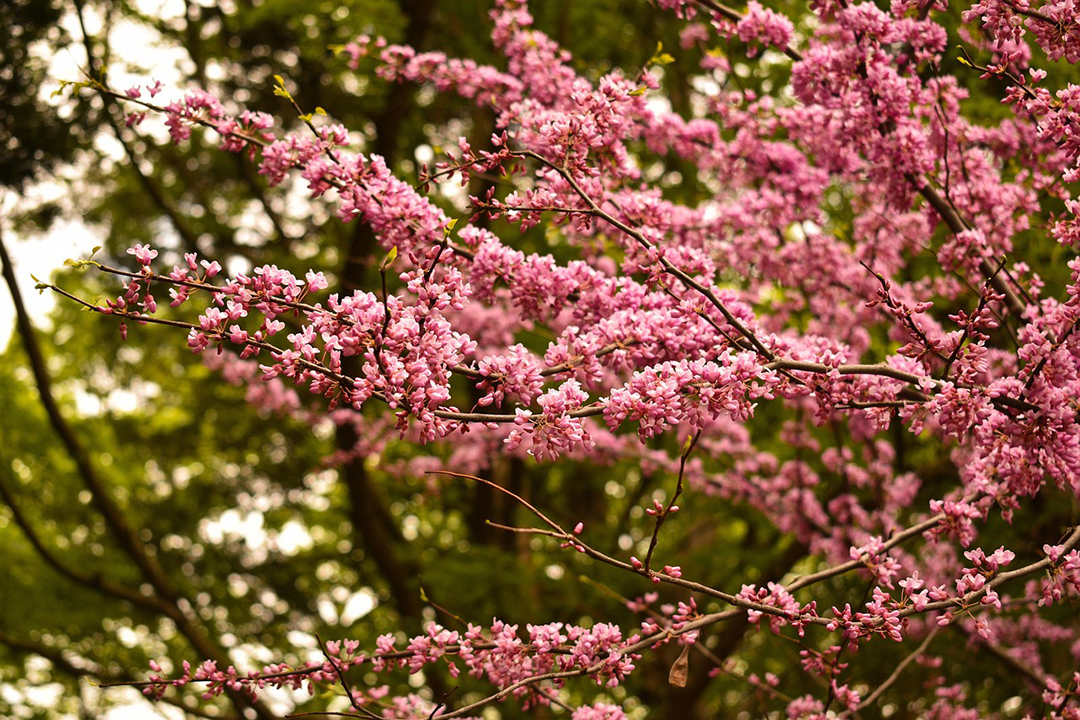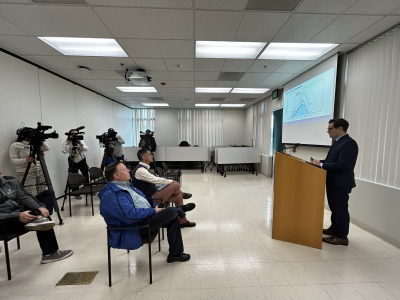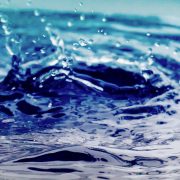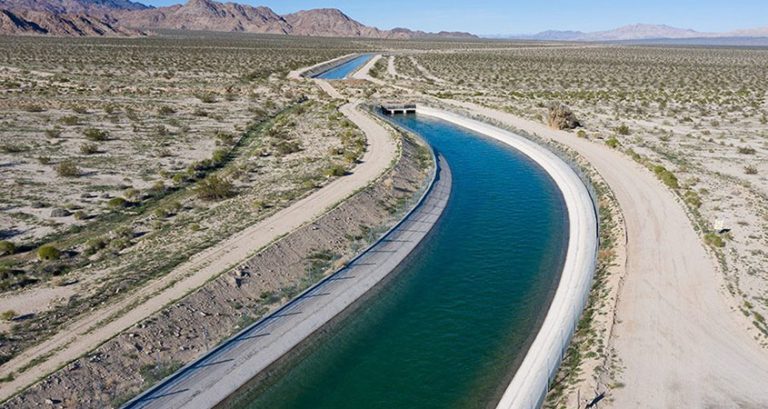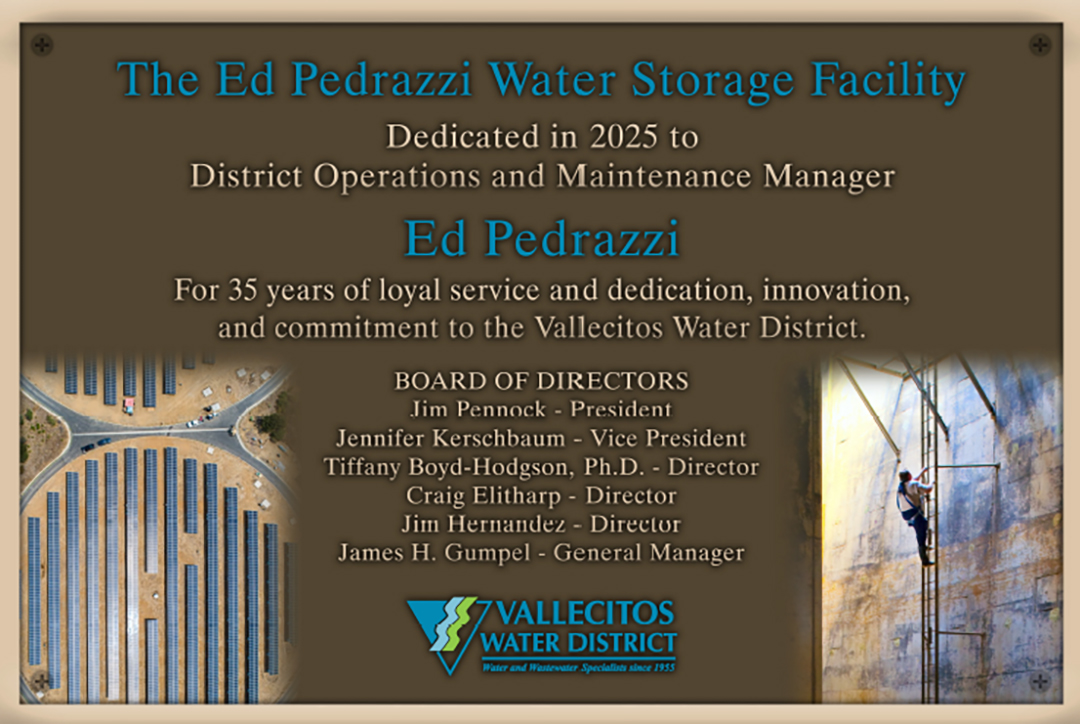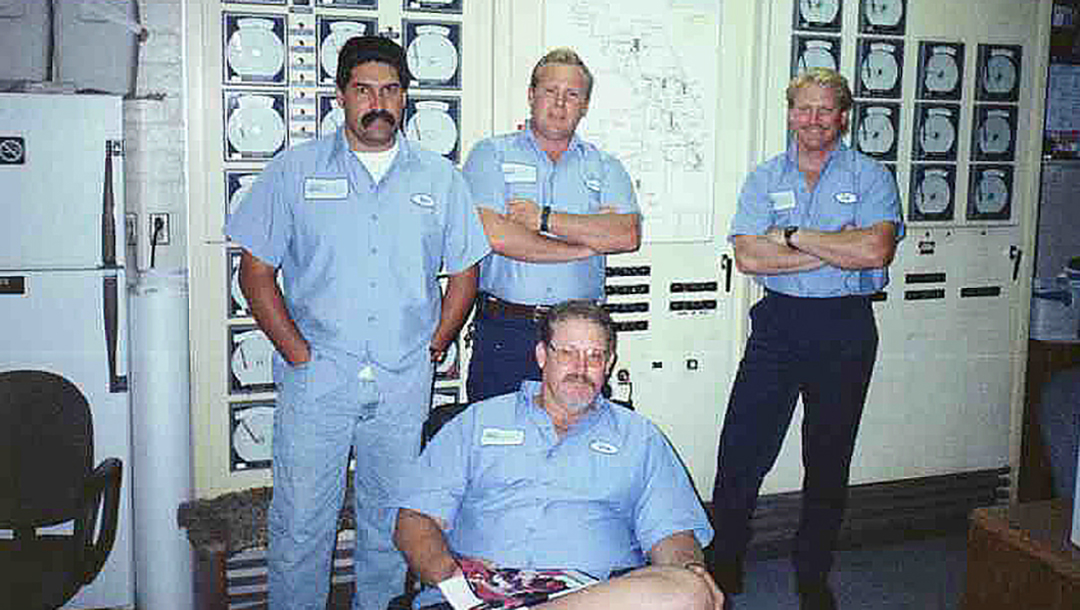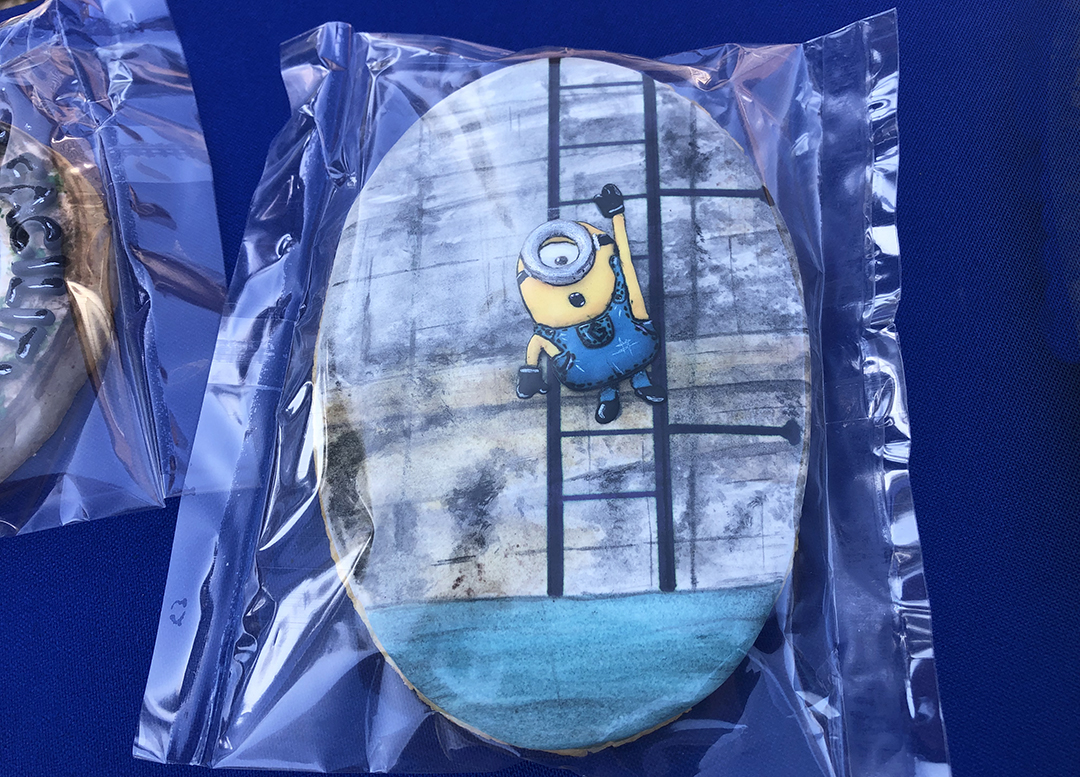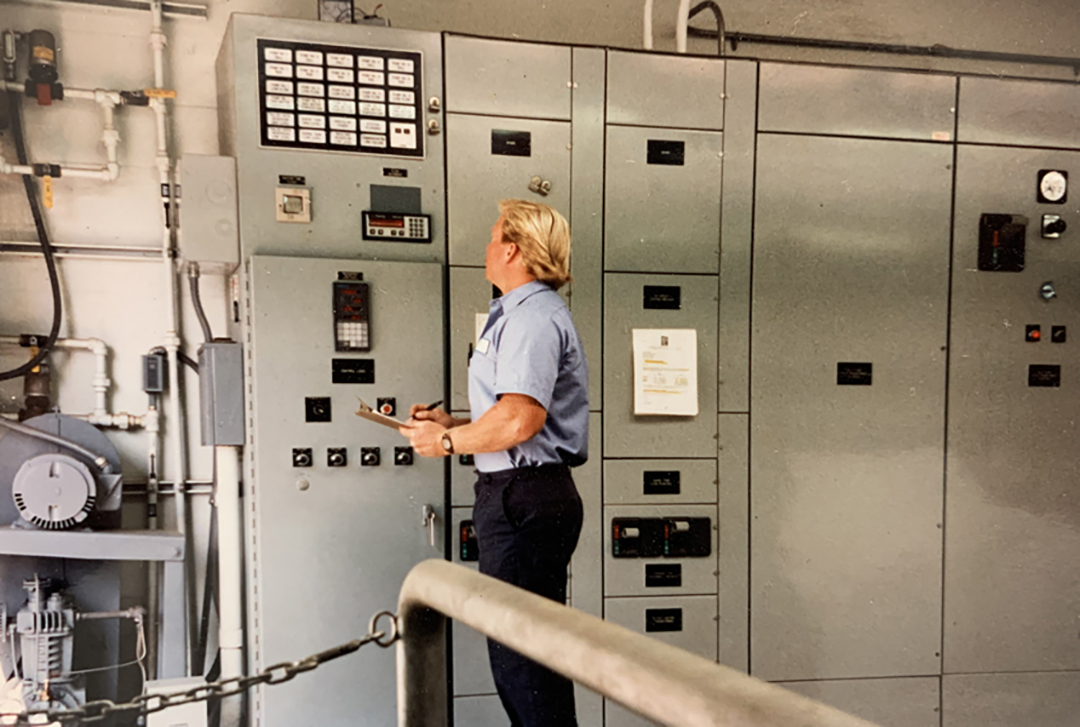One Water Awards Honors Vallecitos Water District Projects
The Vallecitos Water District was recognized with a One Water Award from the Metropolitan Water District of Southern California (Metropolitan) for its efforts to work with homeowners associations in its district on turf replacement projects.
Public Information/Conservation Supervisor Chris Robbins accepted the award on behalf of the Vallecitos Water District in a recognition event at Metropolitan’s headquarters in Los Angeles on May 21.
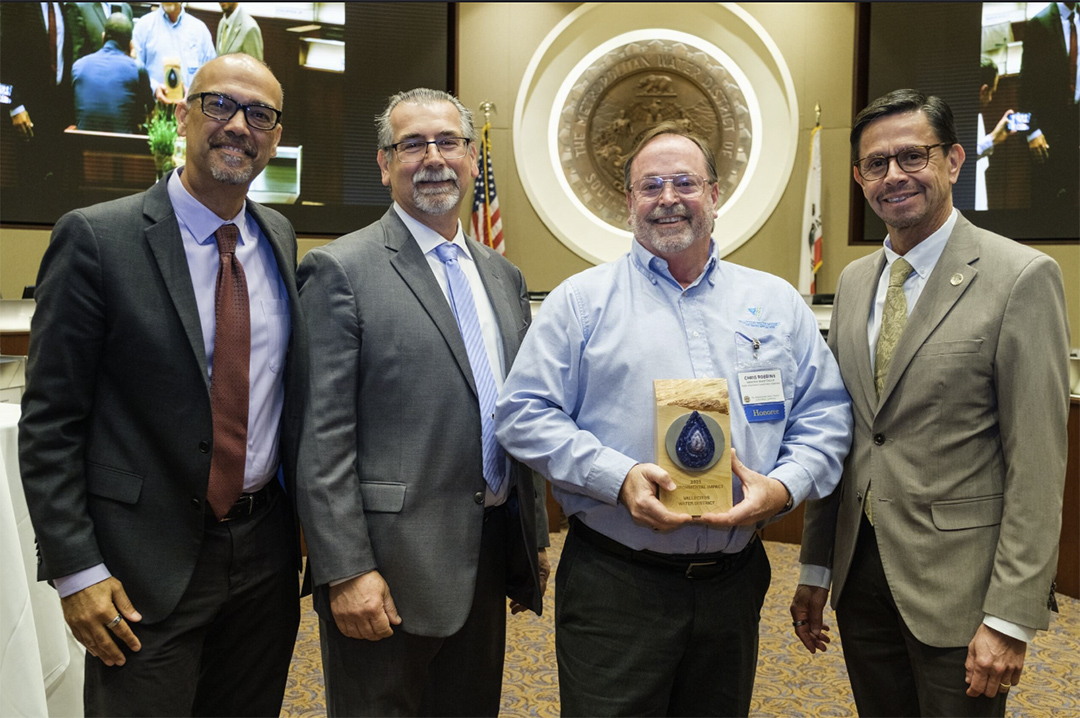
L to R: Metropolitan General Manager Deven Upadhyay, Metropolitan Senior Water Specialist Gary Tilkian, Vallecitos Public Information/Conservation Supervisor Chris Robbins, and Metropolitan Board Chairman Adan Ortega at the One Water Awards. Photo: Metropolitan Water District
Now in its third year, Metropolitan’s One Water Awards honors businesses and non-residential industries for achieving remarkable water savings with assistance from its various water efficiency programs.
Award-winning projects are located throughout Metropolitan’s six-county service area and are recognized for accomplishments in sustainability, innovation, community engagement, collaboration, and leadership.
“The honorees here with us today are remarkable not only for their dedication to saving water, but for the example they set in their communities,” said Metropolitan board Chair Adán Ortega, Jr. “They are proving what’s possible – and showing how Southern California can rise to the challenge of adapting to a changing climate. That’s a vision Metropolitan shares.”
Watch a video about the successful landscaping projects.
“I’m so pleased to get this award. I feel a little guilty; I get to stand up here and get this award, but really it was a partnership,” said Robbins. “It was the incentives offered by the Metropolitan Water District. It was the partnering between the San Diego County Water Authority and the County of San Diego. And then it was the individual homeowners associations,” working with Vallecitos to make its projects a reality.
Robbins said videos featuring the projects and articles in the District’s newsletter generated additional interest from eligible HOAs.
Water News Network featured all three of the winning Vallecitos Water District projects as they were completed.
Fairways at Lake San Marcos Project
The bowl-shaped common space at the Mall III Homeowners Association property in Lake San Marcos was once dominated by turf, which wasn’t being used while requiring significant irrigation.
The San Elijo homeowner association had attempted to remodel its landscaping for nearly a decade. Not only was irrigation a significant expense, but the runoff from rain and irrigation polluted the lake. After a water-smart landscape upgrade, it’s now a point of pride that’s easier on the budget.
The transformation, made possible in part by incentives offered through the Water Authority’s rebate program, is one that local officials hope will inspire other communities.
- 23,000 sq ft area
- 10,000 sq. ft. native plants installed.
- 100,000 gallon reduction in irrigation runoff per year
- Water savings: one million gallons
- Cost savings: $66,000 over ten years
Fairways at Lake San Marcos HOA replaced 23,000 square feet of common area turf grass with native and drought-tolerant plants. A rock-lined swale cascades down a slope to prevent stormwater runoff and provides an attractive entrance to the community. A butterfly garden with a gravel walkway near the clubhouse provides accessibility and education.
Fairways HOA president Terry Brown said her community was introduced to the program and decided to move forward.
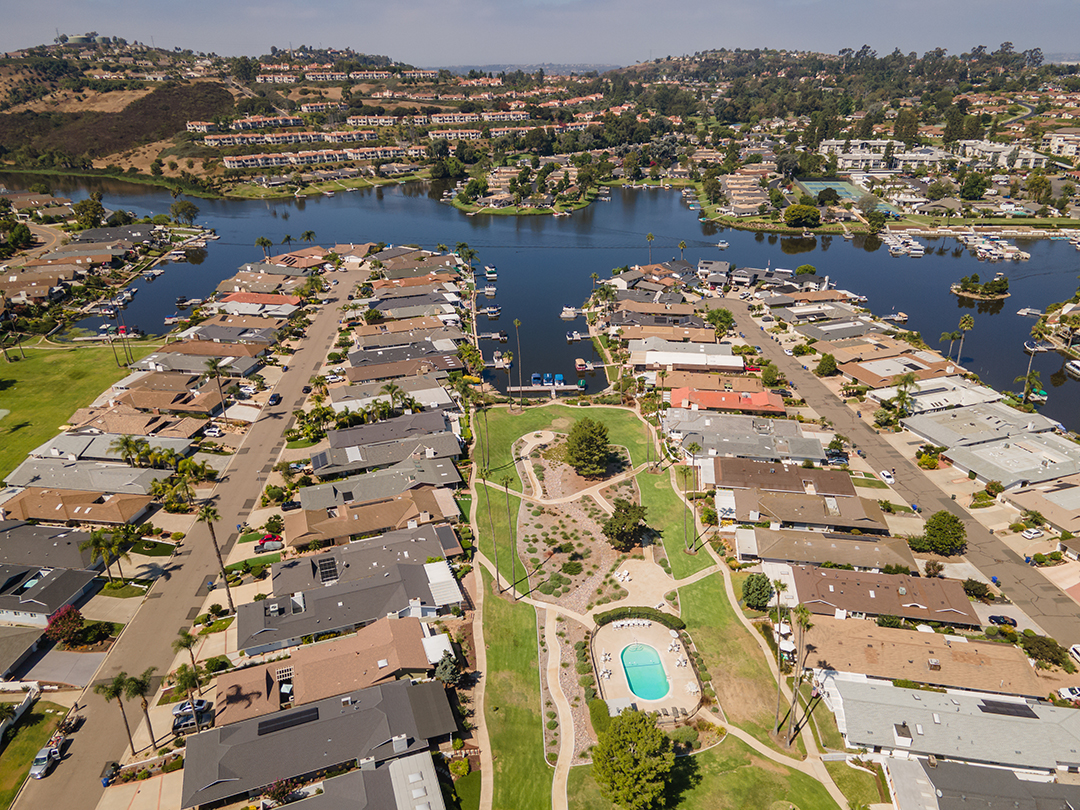
Preventing runoff into Lake San Marcos is a benefit of the new landscaping. Photo: County of San Diego
“We removed 23,000 square feet, and then we got three dollars for each square foot that we removed, plus we got 40 cents for the drip irrigation system. We’re going to receive one dollar per square foot for at least 10,000 square feet of California native plants. So, we did all of that. And we’re pleased with everything that has happened,” said Brown.
While rebates defrayed the initial costs, the real savings will be realized in the years ahead on one of the HOA’s major expenses, the cost of irrigation.
San Elijo HOA Project
There are more than 6,700 homeowners associations in San Diego County. Two million County residents live within an HOA, according to the California Association of Community Managers.
Launched in 2021 by the County of San Diego’s Watershed Protection Program and the San Diego County Water Authority, the WaterScape Rebate Program is open to HOAs and commercial properties in unincorporated areas of San Diego County.
The Landscape Optimization Service (LOS) offered through the Waterscape Rebate Program is a technical assistance program for large-scale landscaping projects in the unincorporated areas of San Diego County. The program helps applicants with large landscapes, such as HOAs, parks, and commercial properties, to navigate the requirements, overcome any barriers, and maximize their rebate eligibility.
Still Room for Thoughtful Use of Grass
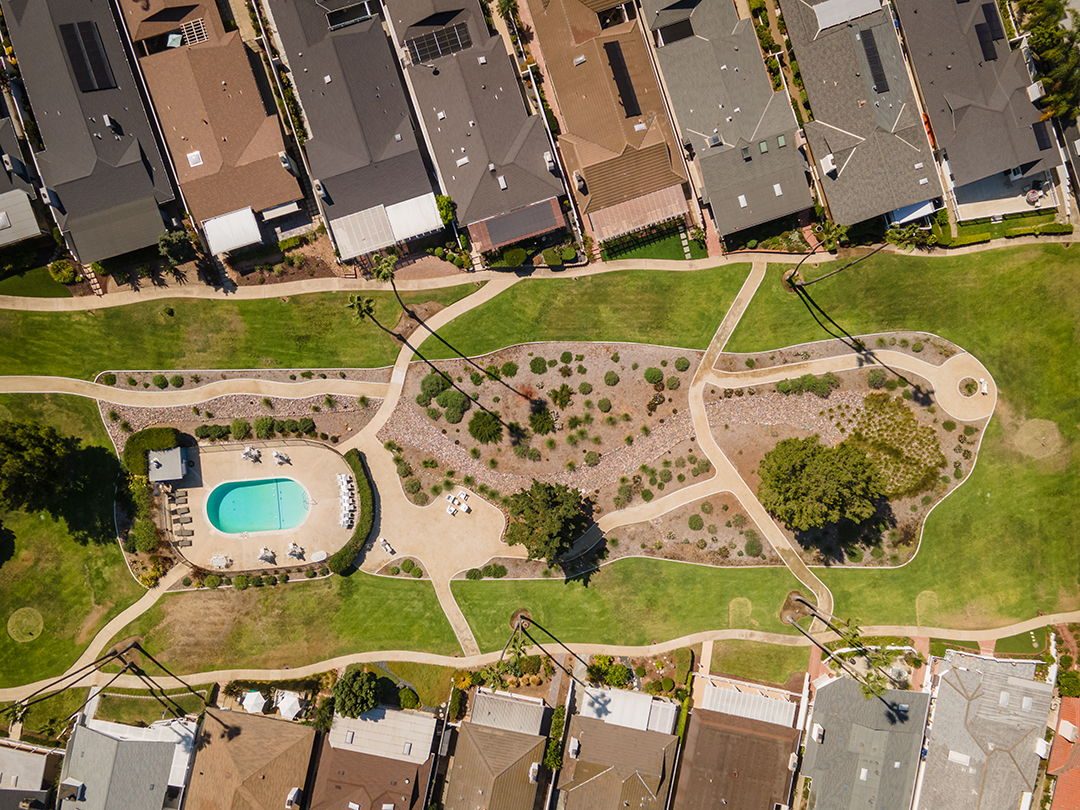
Thoughtful inclusion of grass for play areas, pets, and other uses is incorporated into the new landscaping. Photo: County of San Diego
Makeovers don’t require removing all grass. Instead, grass is retained where it is most useful and practical. For the Fairways HOA board members, it meant accommodating the many residents who like to walk their dogs in the neighborhood, and wanted to retain some grassy spaces for them to enjoy with their pets.
As part of the program, LOS staff analyzes estimated water and cost savings, which helps decision-makers justify the investment with an understanding of how quickly the project will pay for itself. The program also offers discounted designs to participants.
The enhanced incentives include rebates for turf replacement, smart controller stations, rain barrels, and cisterns.
More information on the Landscape Optimization Service can be found here, or contact your member water agency for details.


